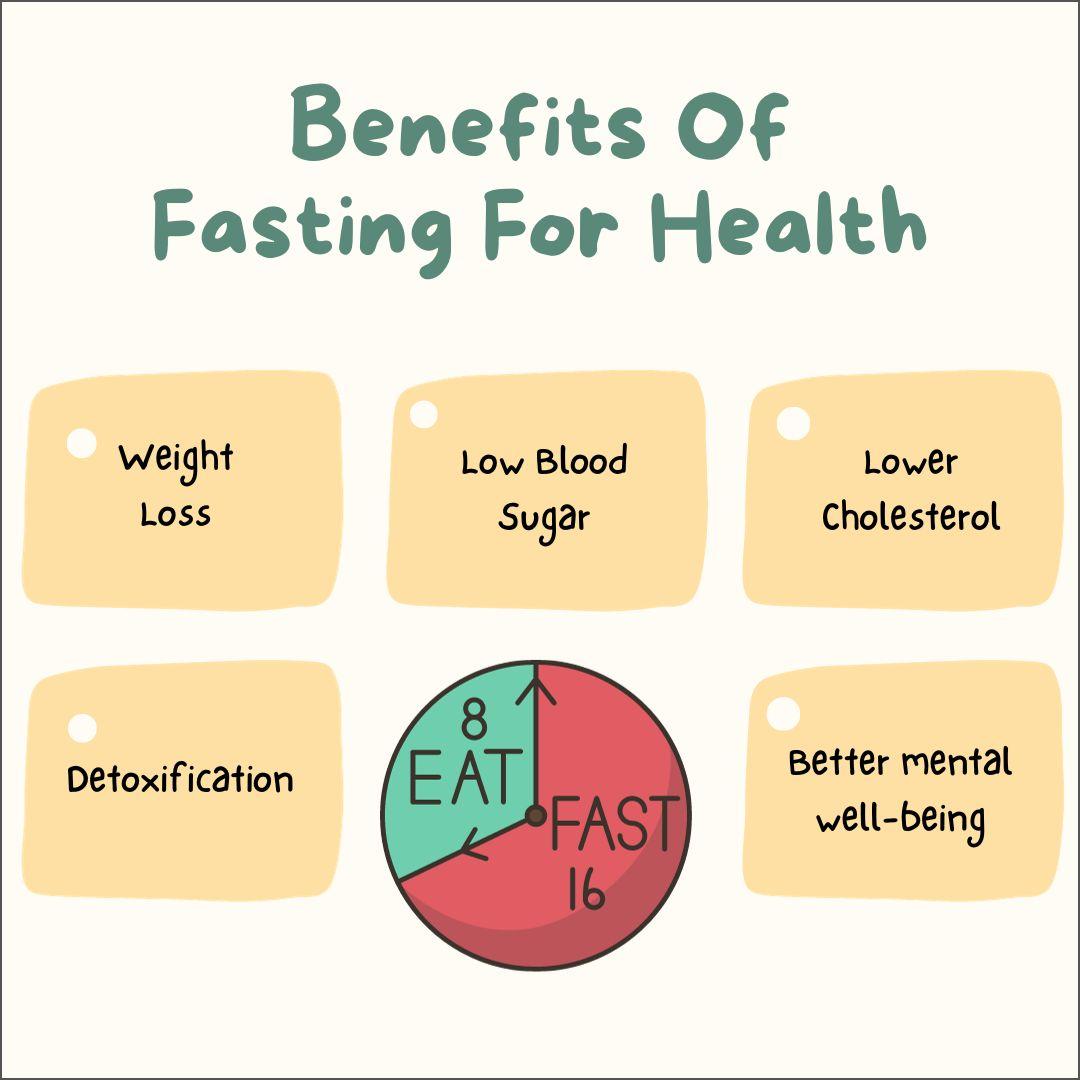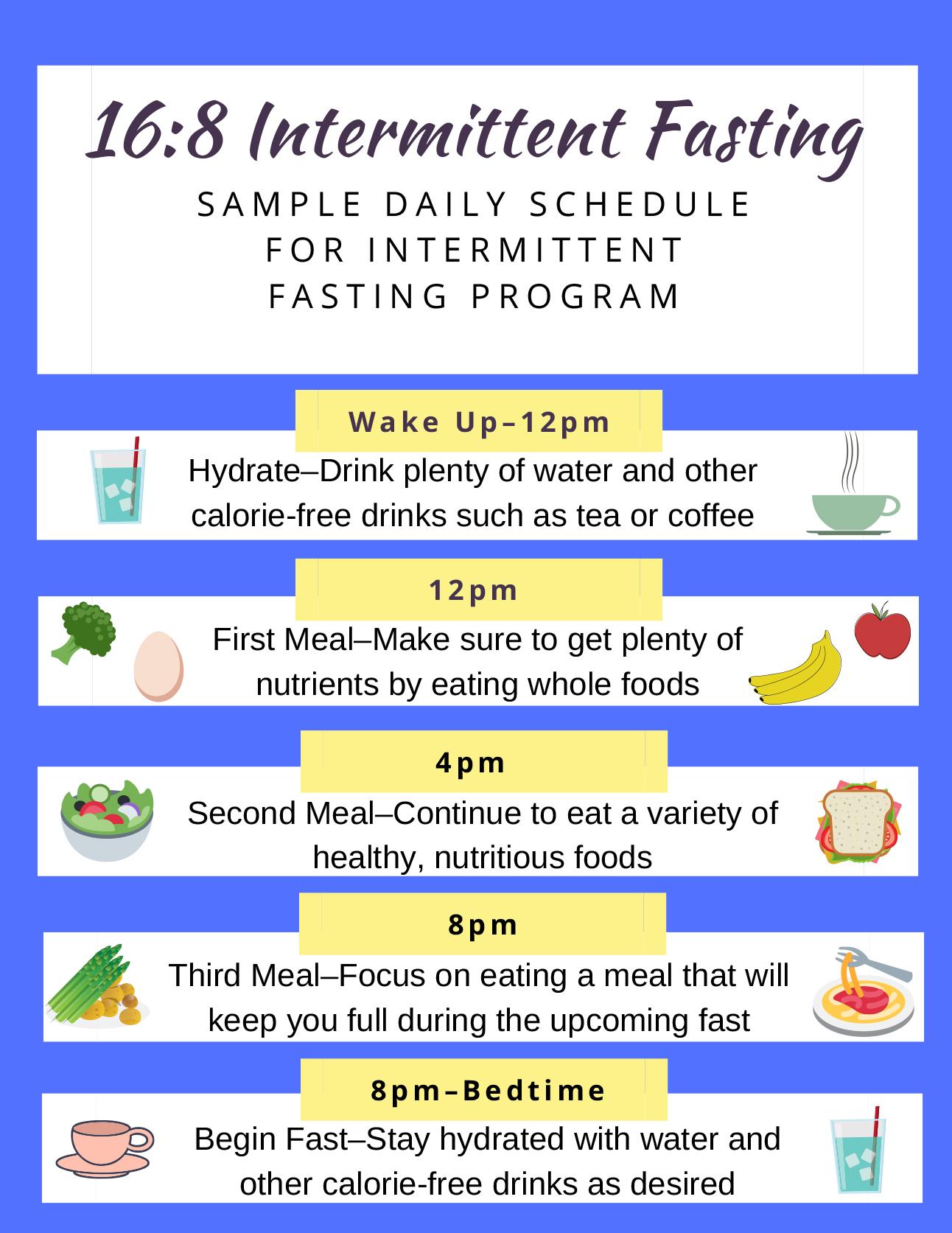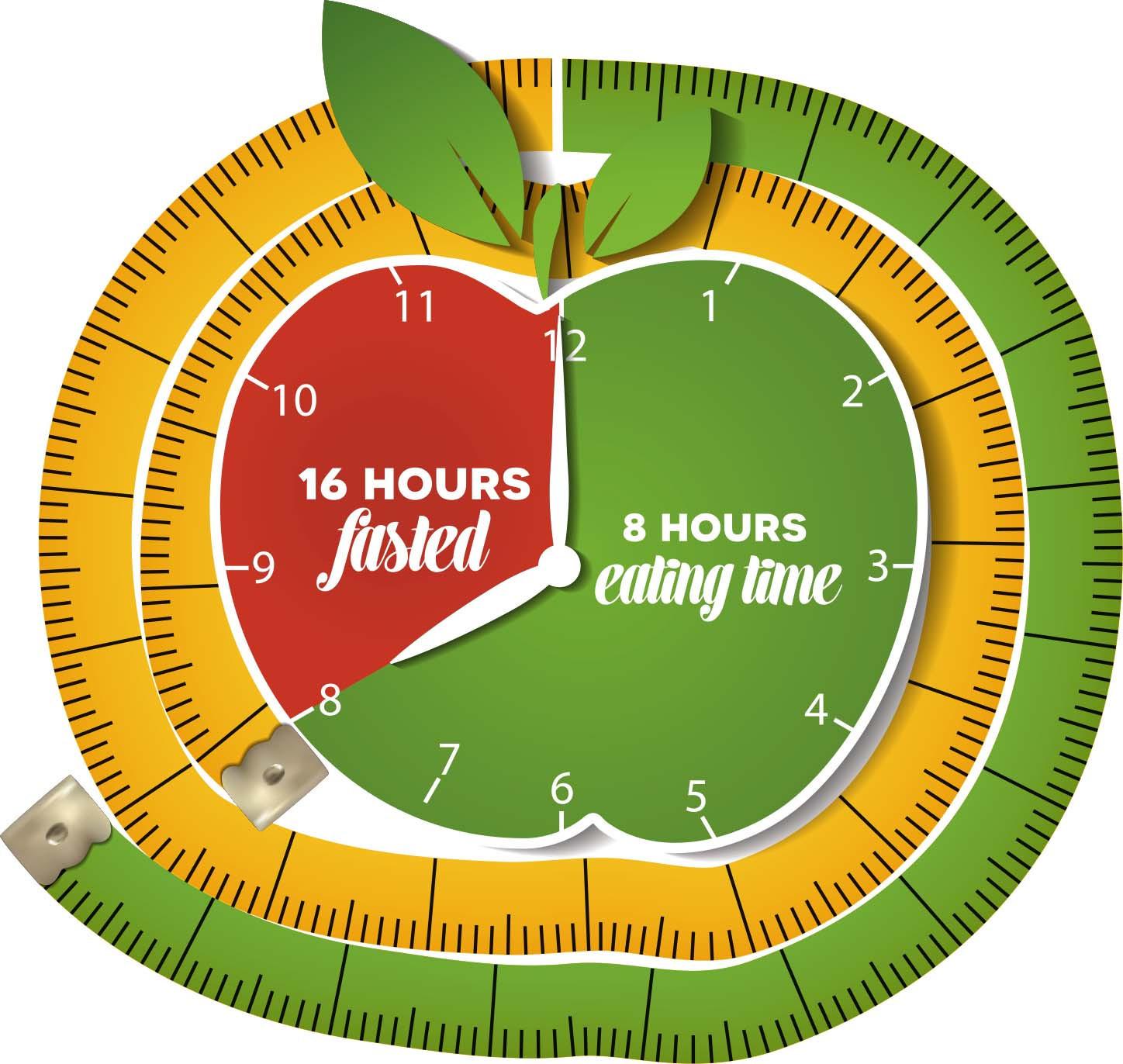In a world overflowing with dietary trends and fast-fix weight loss solutions, intermittent fasting has emerged as a powerful contender. Promoted by celebrities, fitness enthusiasts, and wellness advocates alike, this eating pattern challenges traditional notions of meal frequency and calorie restriction. But what lies beneath the surface of this popular regimen? Does it truly hold the key to shedding those stubborn pounds, or is it just another fleeting fad in the realm of health and fitness? In this article, we will delve into the science behind intermittent fasting, exploring its potential benefits for fat burning, and discerning fact from fiction in the quest for an effective approach to weight management. Ready to reassess your relationship with food and time? Let’s take a closer look at what intermittent fasting has to offer. ⏳🍽️
Understanding the Science Behind Intermittent Fasting and Fat Loss
Intermittent fasting (IF) has gained important popularity as a method for weight loss, particularly for its potential in fat burning. But what is happening in the body during those fasting periods? Essentially, when we refrain from eating for a set duration, our body’s insulin levels drop. This reduction in insulin plays a crucial role as it allows stored fat to be utilized for energy, leading to fat loss over time. Lower insulin levels also promote fat oxidation, making it easier for the body to shift to fat stores as a primary energy source.
Furthermore, another significant transformation occurs at the cellular level. During fasting, the process of autophagy is activated. This is a natural cleansing mechanism where the body removes damaged cells and regenerates new ones. Autophagy plays a critical role in metabolic health and fat loss as it enhances the efficiency of cellular processes, thereby improving overall energy metabolism. This cellular repair not only promotes fat loss but also may contribute to longevity and improved health outcomes.
When discussing intermittent fasting, it’s essential to acknowledge how it impacts hormones that regulate body weight.In addition to insulin, fasting can increase levels of norepinephrine and human growth hormone (HGH). These hormones work synergistically to accelerate fat breakdown and enhance muscle preservation during weight loss. Research has shown that increased HGH levels can result in significant fat loss while helping maintain muscle mass, a vital factor for sustaining metabolic rate.
To better illustrate the effectiveness of intermittent fasting in fat loss, consider the following table comparing common methods of dieting:
| Diet Method | Average Weight Loss (lbs/month) | Time Investment |
|---|---|---|
| Intermittent Fasting | 4-8 | Minimal (set eating windows) |
| Caloric Restriction | 2-6 | High (constant tracking) |
| Keto Diet | 3-7 | Moderate (meal planning) |
This table suggests that intermittent fasting may offer comparable, if not better, results regarding fat loss while demanding less ongoing effort compared to traditional caloric restriction. The focus on timed eating windows rather then constant calorie counting can make the process more lasting for many individuals, highlighting the potential of this dietary approach in achieving desired fat-loss goals.
The Different Methods of Intermittent Fasting and Their Impact on the Body
Intermittent fasting (IF) encompasses various approaches, each with its unique structure and potential health benefits. Time-Restricted Eating is one of the most popular methods, where individuals consume all their meals within a specific time frame, often ranging from 6 to 8 hours. This method aligns eating habits with the body’s circadian rhythm, possibly enhancing metabolic health and fat oxidation. Research suggests that this eating pattern may help regulate insulin sensitivity, leading to improved fat burning.
Another well-known approach is the 5:2 Diet, where participants eat normally for five days of the week and restrict calorie intake to around 500-600 calories on two non-consecutive days. This method not only aids in weight loss but can also have profound effects on cellular repair processes, known as autophagy, which plays a crucial role in health maintenance. Studies indicate that engaging in this type of fasting can definitely help reduce inflammation and promote cardiovascular health over time.
The Warrior diet encourages a more extreme form of fasting,wherein individuals eat very little during the day and enjoy one large meal at night. This method mimics the eating patterns of our ancestors and focuses on consuming whole,nutrient-dense foods during the evening. While potentially effective for fat loss, it’s essential to ensure that nutrient intake remains balanced and satisfying to avoid potential nutritional deficiencies.
| Method | Eating Pattern | Potential Benefits |
|---|---|---|
| Time-Restricted Eating | 8-hour eating window | Improved insulin sensitivity, fat oxidation |
| 5:2 Diet | Normal eating with 2 fasting days | Weight loss, cellular repair |
| Warrior Diet | Undereating during the day, one large meal | Nutrient density, mimicking ancestral patterns |
Incorporating Intermittent Fasting into Your Lifestyle: Tips and Strategies
Incorporating intermittent fasting into your daily routine can be a game-changer for achieving your health goals. It’s essential to pick a fasting schedule that aligns with your lifestyle. here are a few popular options to consider:
- 16/8 Method: Fast for 16 hours a day and eat during an 8-hour window.
- 5:2 Diet: Consume a regular diet for five days and limit calories to around 500-600 on two non-consecutive days.
- alternate Day Fasting: Alternate between a day of normal eating and a day of fasting.
To make intermittent fasting feel less daunting,start small.Begin with shorter fasting periods, such as 12 hours overnight, and gradually increase the duration as your body adjusts. Additionally, pay attention to your hydration; drinking plenty of water, herbal teas, or black coffee can help stave off hunger and keep you energized during fasting periods.
Plan your meals thoughtfully around your eating windows. Focus on nutrient-dense foods that keep you fuller for longer. Incorporate:
- Lean Proteins: Chicken, fish, tofu, and legumes.
- Healthy Fats: Avocados, nuts, seeds, and olive oil.
- Fiber-Rich Vegetables: Leafy greens, broccoli, and carrots.
Lastly, consider tracking your progress and feelings throughout the process. Keeping a journal can help you identify which fasting methods work best for you and celebrate your achievements. Create a simple table to chart your experiences:
| Date | Fasting Method | How I Felt |
|---|---|---|
| MM/DD/YYYY | 16/8 | Energetic |
| MM/DD/YYYY | 5:2 | Challenged |
| MM/DD/YYYY | Alternate Day | Balanced |
Common Misconceptions About Intermittent Fasting and Weight Management
Intermittent fasting (IF) has gained immense popularity as a weight management strategy, but numerous misconceptions surround this approach. one prevalent myth is that fasting leads to muscle loss. In reality, when practiced correctly, intermittent fasting can help preserve muscle mass while promoting fat loss. the key is to maintain a balanced diet during eating windows,focusing on adequate protein intake and strength training.
Another common misunderstanding is that fasting is synonymous with starvation.Many believe that a lack of continuous eating results in a slower metabolism. However, studies have demonstrated that intermittent fasting can actually enhance metabolic adaptability, allowing the body to switch between burning carbohydrates and fats more efficiently. This shift can lead to improved overall energy levels, debunking the starvation myth.
People often think that intermittent fasting allows for indulgence in unhealthy foods during eating periods without consequence. While one of the appeals of IF is flexibility, it doesn’t provide a free pass to consume junk food. To support fat burning and overall health, it is crucial to practice moderation and prioritize whole, nutrient-dense foods. This approach optimizes the benefits of fasting, leading to better weight management outcomes.
some individuals fear that intermittent fasting will lead to binge eating. While this concern is valid, research suggests that many people find fasting helps regulate their hunger cues. Most individuals become more in tune with their bodies, leading to healthier eating patterns over time. Educating oneself on effective fasting strategies can mitigate the risk of binge eating and foster a sustainable approach to nutrition.
Q&A
Q&A: Intermittent Fasting—Does it Really Help Burn Fat? ⏳🍽️
Q1: What is intermittent fasting?
A1: Intermittent fasting (IF) is an eating pattern that alternates between periods of eating and fasting. Unlike traditional diets that focus on “what” to eat, IF focuses on “when” to eat. Common patterns include the 16/8 method, where individuals fast for 16 hours and eat during an 8-hour window, or the 5:2 method, where eating is limited to 500-600 calories for two non-consecutive days of the week.
Q2: how does intermittent fasting claim to help burn fat?
A2: Proponents of intermittent fasting argue that it encourages the body to enter a state called ketosis, where it begins to burn fat for fuel rather than carbohydrates. Additionally, fasting periods can induce a drop in insulin levels, which is thought to support fat breakdown.Some studies suggest that restricted eating windows may lead to a natural decrease in caloric intake.
Q3: Is there scientific evidence to support intermittent fasting for weight loss?
A3: Yes, several studies have shown that intermittent fasting can lead to weight loss and fat loss.A review of multiple studies noted that IF could be as effective as traditional calorie-restricted diets. However, results can vary depending on the individual, adherence to the fasting schedule, and overall lifestyle factors, such as exercise and diet quality.
Q4: Are there any health benefits associated with intermittent fasting beyond weight loss?
A4: Indeed! Some research suggests that intermittent fasting may offer various health benefits, including improved blood sugar control, reduced inflammation, enhanced heart health, and even potential longevity benefits. However, more long-term studies are needed to fully understand these effects.
Q5: Who should consider intermittent fasting, and who should avoid it?
A5: Intermittent fasting may be beneficial for those looking to manage their weight, improve metabolic health, or simply simplify their eating schedule. however, it may not be suitable for everyone. Individuals with a history of eating disorders, pregnant or breastfeeding women, or those with certain medical conditions should consult from healthcare professionals before starting any fasting protocol.
Q6: What are the potential downsides of intermittent fasting?
A6: While many people adapt well to IF, potential downsides include feelings of hunger, fatigue, irritability, and difficulty concentrating during fasting periods. Over time, some individuals might binge during eating windows, which can counteract weight loss efforts. It’s essential to mindfully plan meals during the eating periods to ensure balanced nutrition.
Q7: How can someone safely start intermittent fasting?
A7: Starting intermittent fasting can be approached gradually. One can begin by choosing a specific fasting window, such as 12 hours of fasting, and slowly increasing it as the body adapts. staying hydrated and focusing on whole, nutritious foods during eating periods is crucial. Listening to one’s body and adjusting as necessary ensures a sustainable approach.
Q8: Is intermittent fasting a sustainable lifestyle choice?
A8: For many,intermittent fasting can be a sustainable lifestyle choice,especially as it does not prescribe specific foods or restrict food groups. However, long-term success varies for each person.It is vital to find a balance that fits individual needs and lifestyles, respecting personal preferences and health outcomes.
Explore the world of intermittent fasting further, and remember that individual experiences may vary—what works for one might not work for another! Happy fasting!
Key takeaways
In the realm of weight management and healthy living, intermittent fasting stands as a compelling subject laden with both intrigue and skepticism. As we’ve explored, this eating pattern, which cycles between periods of eating and fasting, has captured the attention of many seeking an effective method for fat loss.While research suggests that it can enhance metabolic health and aid in weight control, results can vary widely among individuals due to factors such as lifestyle, personal preferences, and psychological responses to food.
Ultimately, the question of whether intermittent fasting truly helps burn fat may not yield a one-size-fits-all answer. It invites each person to consider their unique journey toward health and well-being. as you weigh the potential benefits and challenges, remember that the best approach to fat loss is one that aligns with your goals and lifestyle.
Whether you embrace intermittent fasting, find success through another method, or blend strategies, the key lies in cultivating sustainable habits that nourish both body and mind. whatever path you choose, may it lead you to a healthier and more balanced life. Happy fasting! ⏳🍽️




